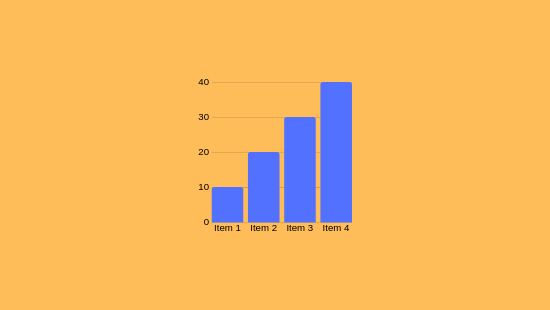
As you explore forex measurements, you'll understand they're mathematical tools analyzing price and volume data to forecast market movements. These indicators assist in identifying market patterns, confirming market cues, and detecting overbought or oversold scenarios. For instance, the Relative Strength Index (RSI) tracks market force, while Bollinger Bands measure variability. Enhancing your trade techniques by integrating these metrics is crucial, especially if you aim to manage risk effectively.
Understanding Forex Indicators
Forex measurement tools are mathematical aids integrated in graphs to assist traders in scrutinizing market dynamics and making informed decisions. They provide perspectives into price changes and potential trading opportunities by examining past and present market figures.
Forex tools are categorized into four primary groups: trend indicators (e.g., Moving Averages), momentum indicators (e.g., Relative Strength Index), volatility indicators (e.g., Bollinger Bands), and volume indicators.
These instruments can signal reversals, validate ongoing patterns, or highlight overbought/oversold climates. If you're looking to enhance your methodologies, understanding these indicators is vital.
Categories of Forex Analytical Instruments
Upon evaluating market trends, traders often deploy a variety of indicators to guide their trading choices.
Forex indicators can be grouped into different types, each fulfilling distinct functions.
Trend Indicators like Moving Averages (MA) and Bollinger Bands aid in uncovering movement patterns and possible price surges.
Momentum Indicators, including the Moving Average Convergence/Divergence (MACD) and Relative Strength Index (RSI), recognize shifts in price momentum and highlight overbought or oversold conditions.
Volatility Indicators like the Average True Range (ATR) measure fluctuations, assisting investors in setting stop-loss thresholds.
When applied wisely, these indicators can boost trading proficiency.
Key Indicators for Trading Decisions
To executive insightful investment choices, understanding and applying key measures that analyze best forex indicators for scalping market conditions is imperative.
Price Movements (MA) track mean trade values over specific periods, unveiling tendencies by smoothing fluctuations.
The RSI measures momentum on a 0–100 scale, indicating excess buy above 70 and signaling oversold scenarios below 30.
Moving Average Convergence Divergence analyzes two exponential moving averages to confirm the trend direction, with graphical representations illustrating bullish or bearish phases.
Bollinger Bands utilize variability measures around a moving average to determine volatility and potential reversals.
Retracement intervals denote support/resistance zones based on prior price movements.
Combining these measures boosts accuracy by verifying signals if congruent, facilitating precise timing for currency pairs.
Using Indicators for Risk Management
As you fine-tune investment methods, effectively applying indicators for risk control is essential. Indicators like Moving Averages and Bollinger Bands gauge fluctuations and identify potential entry/exit points for risk oversight.
These tools allow for exact stop-loss orders and limit orders, critical for modulating potential losses.
For instance, applying stop-loss orders caps losses to a certain limit, such as 2% of your trading portfolio per trade. This measured strategy helps in managing trading risks by curtailing exposure to fluctuations and leverage, which are notable risks in currency trading.
Integrating Indicators for Improved Precision
Combining indicators is a sophisticated strategy for elevating accuracy in forex trading. This method enables for the use of diverse instruments to evaluate several aspects of market dynamics, such as trends, momentum, and variability.
By utilizing indicators like Price Averages, RSI, and MACD, you can craft resilient trade schemes. Instance given, combining Moving Averages with RSI and Volume validates trend direction and momentum, while Bollinger Bands with Stochastic assess fluctuation and anticipate reversals.
If diverse measurement tools align, redundancies are minimized, and trade signals are intensified.
Conclusion
You now grasp how forex indicators function, encompassing their types like trend, momentum, and volatility tools. These elements assist in spotting potential reversals and confirming trend continuity. By integrating indicators, investment accuracy is enhanced, and risk management is better managed. For instance, using the Relative Strength Index (RSI) to spot overbought conditions and Bollinger Bands to analyze fluctuation can refine your trade choices.